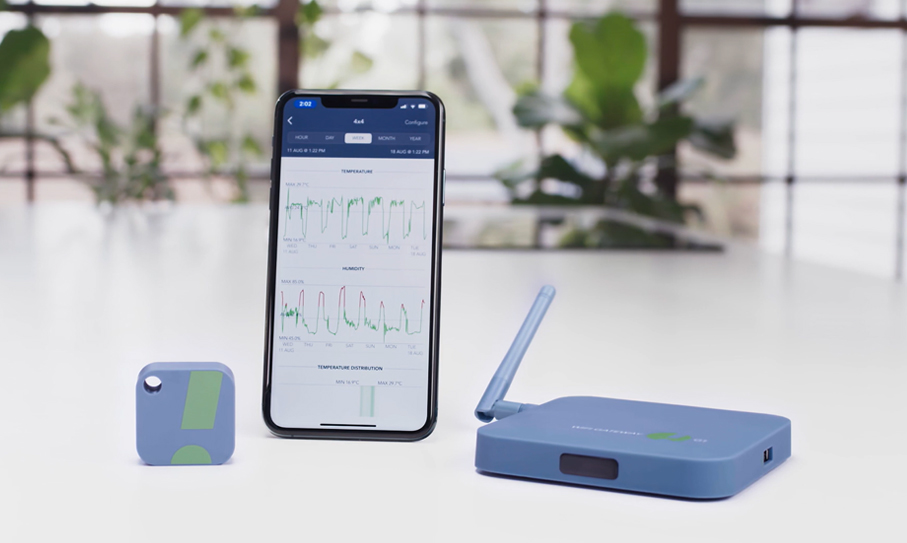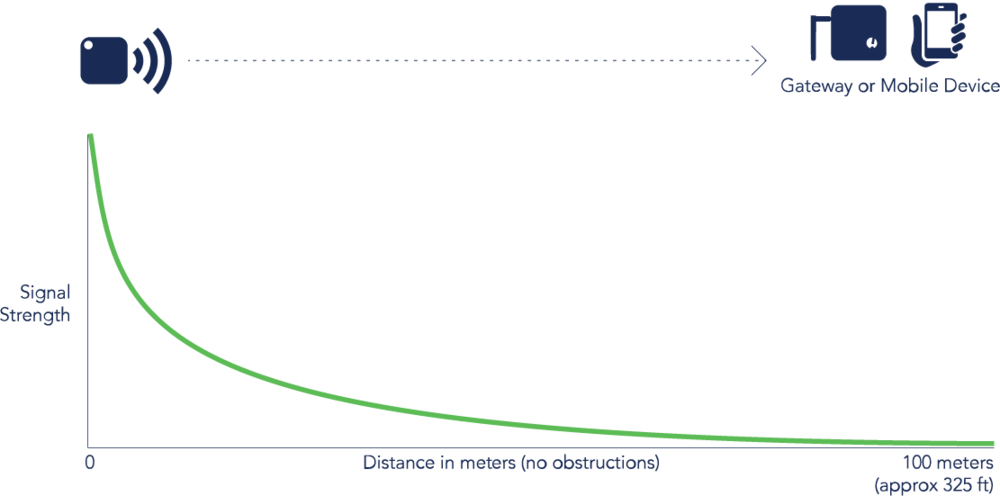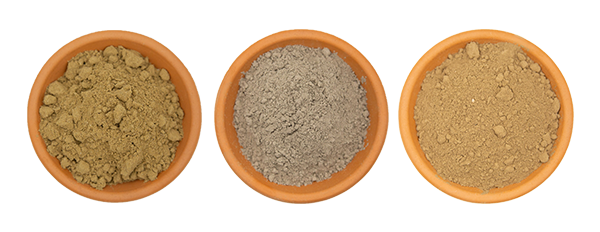SensorPush: Accurate Monitoring & Signal Range Explained
By SensorPush | 27 November 2020

IN THIS ARTICLE WE UNPACK THE BASICS OF HOW DISTANCE, OBSTACLES, AND OTHER FACTORS AFFECT THE RANGE OF SENSORPUSH SENSORS AND GATEWAYS.
Customers frequently want to know if a sensor's signal is strong enough. They want to know if the signal will reach from the location where they place the sensor to the location of the receiver such as a Bluetooth 4.0 compatible smartphone or the SensorPush WiFi Gateway.
The most reliable measurement of range for a transmitter like those on a Bluetooth device is referred to as "line of sight." This means wide, open-air space with no obstructions between the Bluetooth device and the receiver, not even glass. The reason line of sight is used as a way to evaluate signal range is because it is a predictable testing set up.
When we use the term "line of sight" on websites and in sales listings, it does introduce the possibility for confusion, though, because it is not immediately obvious that obstructions to line of sight can reduce signal strength. Obstructions are objects in the line of sight path, like a wall between a sensor and a receiver.
Further complicating things is the fact that there is such a huge amount of possible variation among the types of obstructions. Common obstructions are things like walls, windows, ceilings, and floors. And each of these has a different thicknesses and each is constructed with different materials.
There are less obvious obstructions, too. These obstructions can be things like water tanks, and interference from a lot of other electronics. In the end, with so much possible variation among obstructions, the only way to rate signal range is with line of sight.
Most of the time with our sensor, there is enough range. But when someone is unsure, we always recommend a test. If the range doesn't work, the items can always be returned. Also, our engineering staff can usually help people close the gap and improve range during a troubleshooting session via email or on the phone.
Another important consideration about range is that even with line of sight, signal strength reduces along a curve as distance increases (Figure 1).

Figure 1: As a sensor moves away from the Gateway or mobile device tracking it, the signal strength (green curve below) reduces rapidly at first. The strength drops off less rapidly once farther away. Note that this is open-air, line-of-sight, with no obstructions.
And just as important is the fact that an obstruction might not have a noticeable effect if the sensor and receiver are relatively close, but if the sensor and receiver are far apart, that very same obstruction could be a complete show stopper. This is why sometimes an interior wall will present a problem for one customer and not for others (Figure 2).

Figure 2: Once an obstruction like a wall is introduced (see below), the overall distance of the sensor signal decreases. Notice the signal affected by the wall stops well short of 100 meters.
Most importantly, the greater the distance between the sensor and the receiver tracking it (e.g. Gateway or mobile device), the greater the impact caused by the wall. Notice the amount of “signal impact” shown below. If that same amount of signal impact happens with the sensor farther away, it could then be enough to kill the signal entirely.
Please contact us at info@hydroexperts.com.au if you have any additional questions. We are always happy to help.
Important Note About Bluetooth Compatibility
It’s important to check if the mobile device you’re using has the Bluetooth 4.0 (a.k.a. “LE”) capability required for using SensorPush. Most current mobile devices have it, but if you want to be sure, there are apps for Android designed to check for 4.0/LE compatibility. Use BLE Checker for Android. For Apple, iPhones since the iPhone 4s, iPads since the 3rd generation and the 5th generation iPad Touch support this technology. These Apple devices must have iOS8 or higher.



